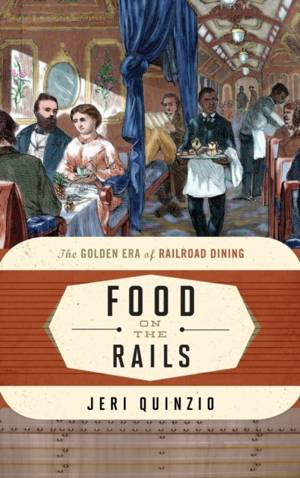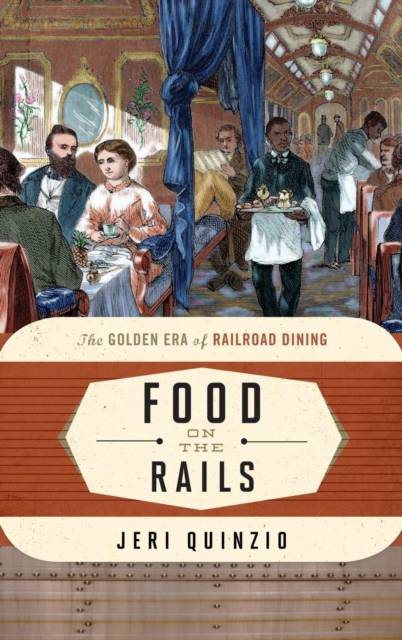
- Retrait gratuit dans votre magasin Club
- 7.000.000 titres dans notre catalogue
- Payer en toute sécurité
- Toujours un magasin près de chez vous
- Retrait gratuit dans votre magasin Club
- 7.000.0000 titres dans notre catalogue
- Payer en toute sécurité
- Toujours un magasin près de chez vous
Description
Food on the Rails traces the rise and fall of food on the rails from its rocky start to its glory days to its sad demise. Looking at the foods, the service, the rail station restaurants, the menus, the dining accommodations and more, Jeri Quinzio brings to life the history of cuisine and dining in railroad cars from the early days through today.
Spécifications
Parties prenantes
- Auteur(s) :
- Editeur:
Contenu
- Nombre de pages :
- 194
- Langue:
- Anglais
- Collection :
- Tome:
- n° 1
Caractéristiques
- EAN:
- 9781442227323
- Date de parution :
- 01-10-14
- Format:
- Livre relié
- Format numérique:
- Genaaid
- Dimensions :
- 147 mm x 246 mm
- Poids :
- 412 g

Les avis
Nous publions uniquement les avis qui respectent les conditions requises. Consultez nos conditions pour les avis.






